I've already asked a similar question in the past, but I want to make sure I understood things correctly.
Attached is the current lab setup for my chip testing. The green square represents the main PCB board, and the little blue square represents the chip. The chip needs separate VDD voltage for its analog and digital circuits, but their '-' terminals are tied to the same layer (so-called 'GND layer') of the green PCB. In addition, there are many RF connectors are attached to the board. The body of these RF connectors is also connected to the 'GND layer' of the green PCB. This is also highlighted as a gray wire in the figure. For the debugging purpose, the RF test equipment (signal generator and oscilloscope) will always be in use while USB communicates to the chip.
From here, I have two questions regarding the ground loop.
Q1: To minimize the ground loop effect, do you think I should use a '2 prong cord' for the 2017 Macbook Pro shown on the right side of the figure? I think I should use 2-prong cord because using a 3-prong cord will create an extra earth ground connection to the mains, creating an extra low-impedance path for the ground loop. There are already multiple ground loops due to the connection to the RF test equipment; hence I need to keep the # of GND loops as minimum as possible.
Q2: Possible concerns about the ground loop if '-' terminal of PSU is connected to the earth ground in the given situation. In this situation, the GND is already connected to the earth GND due to the connection between PCB and RF test equipment. Thus, I believe the power supply should not provide extra earth ground to minimize ground loop effects. Please correct me if I am wrong on this.
